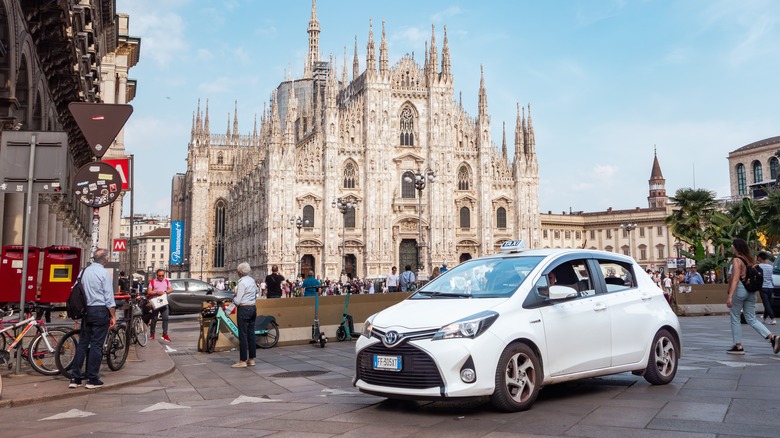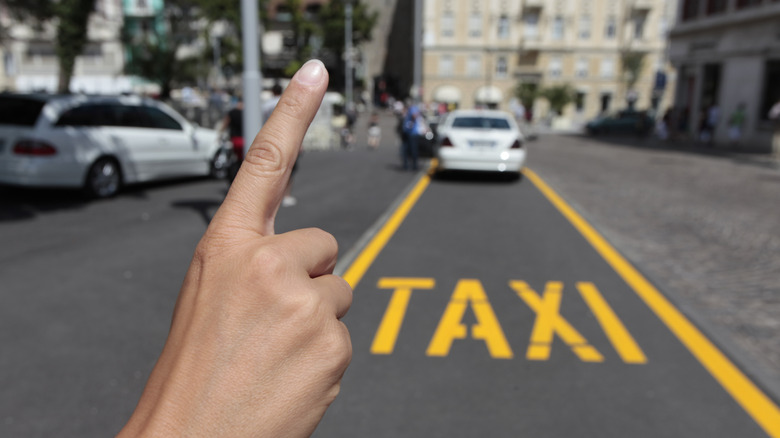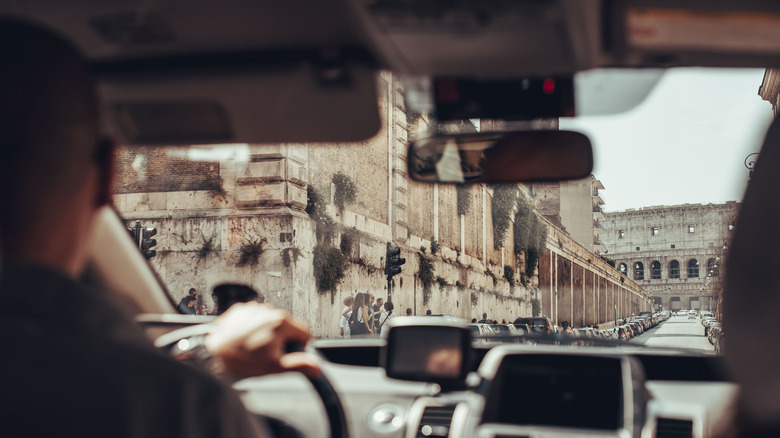Genius Tips For Navigating Taxis While Visiting Italy
Taxis tend to have a controversial reputation in many countries around the world, and unfortunately, Italy is no exception. From reckless drivers to inflated meters, frequent union strikes, and city-dependent fare rules, the European haven of pizza and pasta presents some unique challenges when it comes to cab transportation. However, navigating this four-wheeled aspect of your Italian adventure can be nearly as smooth as a Venetian gondola ride with just the right tips and tricks.
First, understanding the taxi system in Italy is crucial. Italian taxis are regulated and licensed by local municipalities; however, each city has its own rules and standards. Taxi drivers must adhere to strict regulations and have a professional driving license that needs to be displayed inside the cab. It's important to avoid unlicensed taxis, known as NCC (Noleggio Con Conducente) or "private car hires," which do not operate on a meter and can charge exorbitant rates. Licensed taxis are always white, clearly marked with stickers, and have a taxi sign on the roof.
Unlike some other countries, you can't hail a taxi on the go in Italian cities. Taxis are usually found at designated taxi stands, especially near major tourist attractions, airports, train stations, and city centers. Booking in advance is more common and reliable. You can call a taxi yourself or ask your hotel's concierge to call one for you. Apps like IT Taxi or Free Now can help secure a cab ride and also save you from language barrier issues.
The taxi trinity: fare, destination, and payment
Italian taxis start with a base fare, which varies depending on the city, time of day, and day of the week. For example, in Rome, on weekdays between 6 a.m. and 10 p.m., the meter should start at precisely three euros. There also may be additional charges for luggage, late-night rides, and trips to specific destinations. In Milan, a trip from Malpensa Airport to the city center costs a flat rate of 95 euros. Always ask for an estimated fare before you hop in and demand that the driver use the meter — if they refuse, find another cab.
You also have to know specifically where you're going. Write it down on paper (in Italian!). Although the Vatican is indeed a coordinate, it's also a small country. If you're heading for the Vatican Museum or Porta del Perugino or elsewhere, be clear. While most taxi drivers in Italy are honest, having a map handy or using your smartphone's GPS can help avoid the "scenic route" (a way for the driver to charge more), especially in big cities where traffic can be unpredictable.
While more taxis now accept credit cards, cash is still king, and some drivers may prefer it or claim that their card machines are "out of order." Having small bills can make transactions smoother. Always ask for a receipt, especially if you need to report a complaint or for business expense purposes. The receipt should include the taxi's license number, fare, route, and driver's signature.
Being a savvy passenger in Italian cabs
Another payment-related nuance — ensure that your cabbie has "Tarrifa 1" lit on the meter to avoid a popular taxi scam. If it says "Tarrifa 2" or "Tarrifa 3", and you're riding within the bounds of the city center, the driver is charging the double or triple rate reserved only for suburbs, highways, and anywhere beyond the city walls. Tipping is not expected but appreciated, especially if the service was top-notch. Usually, you can simply round up — if the fare is 18, hand over a 20 euro bill and ask them to keep the change.
Most cab drivers do not speak English fluently, and you'll have a much better rapport with them if you attempt to speak some Italian. Learning a few Italian phrases or having them written down can be very helpful. Essentials include "Quanto costa?" (How much does it cost?), "Vorrei andare a [destination]" (I'd like to go to [destination]), "La ricevuta, per favore" (The receipt, please), and "Fermi qui" (Stop here).
What about Uber? Well, it's complicated. Uber operates only in Rome and Milan, offering the upscale service of Uber Black — which means fancier cars and higher prices. Its availability is limited compared to other countries due to legal challenges and strong regulations in the traditional taxi industry. Ultimately, when getting around Italy, you either heed these genius tips and cab like a local, resort to pricier Uber fleets, use public transit, or, take a good old-fashioned walk.


